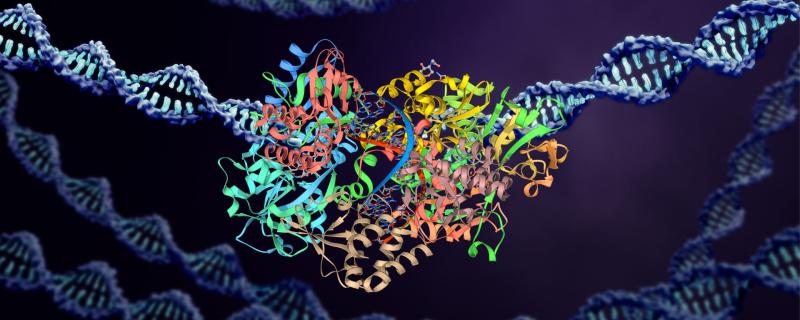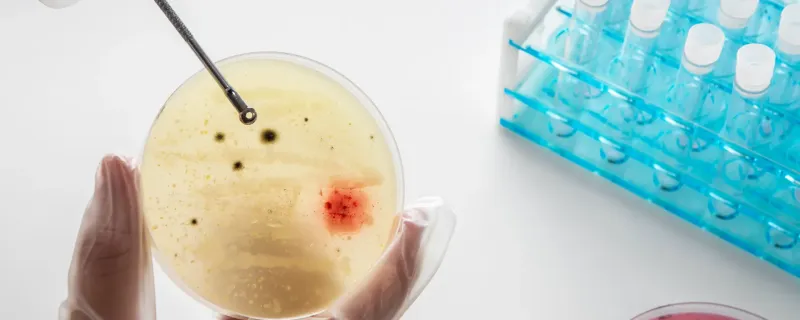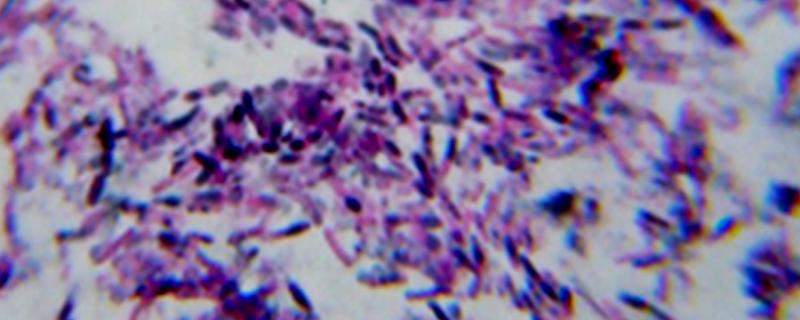New research reveals that a fundamental process in bacterial gene regulation called sigma cycle, long thought to involve the release of a key protein, sigma factor, might not be universal, opening new avenues for understanding and combating bacterial threats.
Researchers from BITS-Pilani, Hyderabad, have developed a safer, fluoride-free synthesis method for metal-organic frameworks that significantly boosts their capacity to capture greenhouse gases and store clean fuels at room temperature.
Hyderabad/



